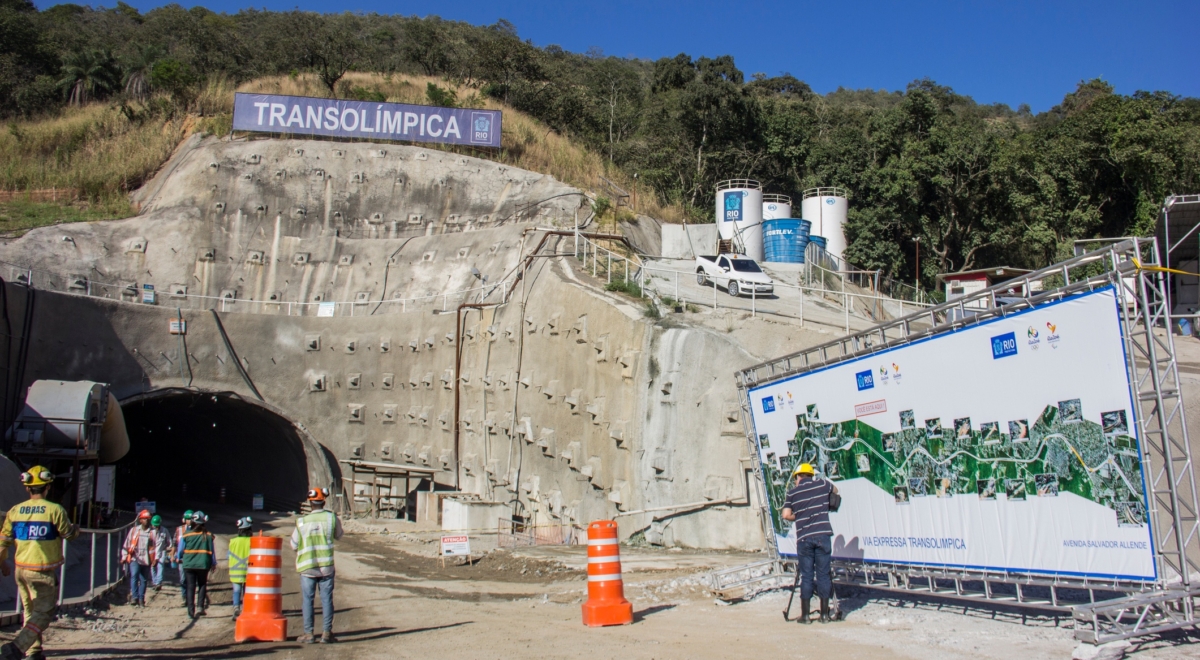What is the Corporate Impact of a Globally Shared Humanity?

Hyperconnectivity has erased the limitations posed by geographic distance. The modern world is a tightly interwoven global web of relationships and orders of impact. For businesses, the consequences of the free-flow of information and tightening networks are two-fold. First, in any given marketplace, supply chains, environmental footprints, and cultural profiles, we see the presence (or at least the influence) of decisions and belief systems that may have originated somewhere on the other side of the planet. The second impact – and the one we will focus on here – is the rising importance of human-level connection and our globally shared humanity.
Dr. Maya Angelou is often quoted as saying, “I’ve learned that people will forget what you said, people will forget what you did, but people will never forget how you made them feel.” Even in the international marketplace, where multi-nationals and notable innovators are hailed, local ‘mom and pop’ brick and mortar businesses are the best at being memorable. They are likely to know their customers authentically and have a stake in what happens to them. Their breadth of impact may be more acute, but their impact is significant because they are connected on a human level.
One particular core value stands out– empathy. At its simplest level, becoming memorable to stakeholders begins with ancient philosophy. Roman playwright (BC) Terence (who Dr. Angelou was known to quote) said: Homo sum: humani nihil a me alienum puto (“I am human, I consider nothing human alien to me.”) As anyone who travels internationally can tell you – languages, economics, and cultures may vary, but humans share basic common qualities, like a smile. Our differences are more often than not artificial walls we’ve erected in the name of progress.
Hurdles to humanity
Insular mindsets and tribalism are as ancient as Terence. They’re also absolutely modern. Humans may be fundamentally the same, but we are understandably drawn to those with whom we align – culturally, ideologically, politically, etc. It’s part of the human condition to form groups based on shared experiences. As those groups exist over time, they develop, evolve, and influence their own “realities.” Today, Google and Facebook searches filter out counter-arguments or perspectives that could open minds, causing those realities to become walls that shield opposing ideologies. They also threaten to turn groups into echo chambers, which silence differing opinions.
Questioning a broader impact
Leaders must weigh the opportunities and risks of distinct guiding value systems and identities. Is it possible to have a set of guiding principles and still strive for inclusion and empathy? How do organizations simultaneously create progress and build distinct value systems as we make decisions that benefit a collection of stakeholders, often with competing and, at times, opposing interests? In particular, what does this mean for customer-facing organizations who must compete in an environment in which power has shifted to the consumer?
Ideally, the answer is found in a collective effort to normalize a globally interconnected world in which distinct value systems exist – and humans exist at their center. In a word, that solution is empathy.
Empathy is the ability to put yourself in another’s shoes. According to the article The Science of Empathy, “In the past, empathy was considered an inborn trait that could not be taught, but research has shown that this vital human competency is mutable and can be taught.”[1] That’s good news because it – and its corporate iterations – is central to the idea of globally shared humanity.
Empathy and design
Every business decision and outcome ultimately point to humanity. That’s why empathy, which once was considered too ‘squishy’ for serious business, has become a lens through which leaders strive to anticipate the impact of their ideas and endeavors. It’s one reason why corporations have become adept at human-centered thinking – design thinking. [2] Once the purview of innovators, corporations have realized the importance of keeping a focus on the person (user, customer, etc.) at the center of the idea or solution.[3]
Design is teachable and scalable, and it is an opportunity to include every single person in the company in the conversation…We found that design and that innovation doesn’t just change the experience of the person you are designing for, it also changes your relationship with the person you’re designing with. – Jeanne Liedtka, Darden School of Business
Empathy and design thinking extend the focus of a corporate endeavor past net present value, growth targets, and revenue forecasts. It considers the long-term impact on communities and the people who comprise those communities. When it works well, it’s a tremendous victory. More often, we hear its failings.
Consider the following: a decision maker is presented with information about a go/no decision on a capital-intensive project that will have a broad and lasting impact. If that decision maker covers every fiduciary consideration, every ecological implication, and every political argument – but fails to consider the human impact – almost assuredly, the decision risks a host of lasting negative impacts.
In recent history, this scenario has played out in almost every city that has won a bid to host the Olympics.
Ultimately, cities in pursuit of an Olympic bid should ask themselves, “What problem are we trying to solve?” and make sure they have a good answer. In the case of Barcelona, the bid was a galvanizing event that successfully accelerated existing urban redevelopment plans. In the case of Athens, the attempt to shine on the world stage was a final straw on the path to bankruptcy… In Rio, they’ve made their bet that using the Games to substantially redevelop their transit and transportation infrastructure will be worth the “Olympic tax.” Time will tell if local leaders are right.
Perhaps the bid itself is one Olympic event where it’s better to come in second. A failed plan can force cities to develop the civic infrastructure and long-term strategy required for a planning committee without having to build excess venues or overspend on logistics and security…
…New York City’s failed bid for the 2012 Olympics resulted in a number of transformational changes to the city, including a massive rezoning of the West Side of Manhattan, the construction of a large affordable housing project in Queens on what would have been the site of the Olympic Village, and the development of Hudson Yards.[4]
What may be most interesting about the Olympics example is the fact that it continues to happen. It broaches the question – how do we normalize empathy and human-centered design thinking in a global marketplace? The answer is that leaders must make sure that these lenses are part of the company’s calculus by:
- Recognizing that empathy can be taught and learned
- Acknowledging the importance of engaging empathy in every decision
- Holding the organization accountable in the decision-making process – particularly for decisions that have a global impact
Possibility means opportunity
Human beings, across culture, religion, ethnicity, gender, income, or any other descriptor that can serve to separate, share more than we may acknowledge. The optimism for this possibility could spell opportunity for business.
Harvard Business Review publishes an annual index of companies ranked according to empathy. Many of the companies that rank at the top are also companies we admire for high profits and returns for shareholders. That’s reason for optimism. It is not unreasonable to assume a connection between these firms’ capacity to demonstrate empathy with abilities to achieve financial success. The numbers bear this out: “The top 10 companies in the Global Empathy Index 2015 increased in value more than twice as much as the bottom 10, and generated 50% more earnings.”[5]
Empathy is not the antithesis of global corporate strength or improved shareholder value; it’s a necessary component. More and more, we’re seeing that the effort to seek common ground as a global citizen is a source of opportunity.
It’s time to plan and adapt with humanity in mind.
{{cta(‘13776313-1bde-4e44-819f-0346692e5fae’)}}
[1] Journal of Patient Experience
[2] What is Design Thinking, IDEO
[3]Not Every Company Can Have a Steve Jobs. But Here’s What They Can Do., Fortune, March 2018
[4] What’s Next for Rio? Brookings Institute, August 2016
[5] The Most Empathetic Companies, 2016, Harvard Business Review


 About the Authors
About the Authors